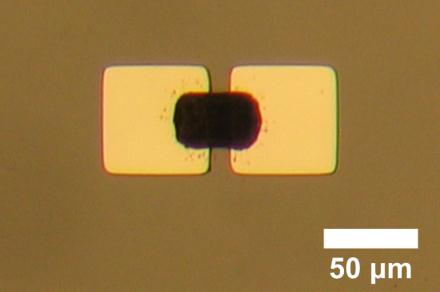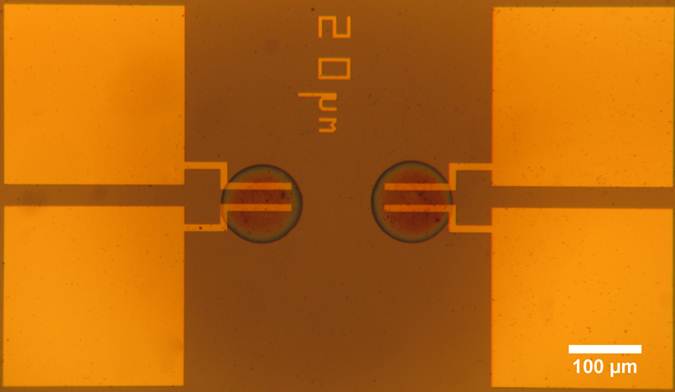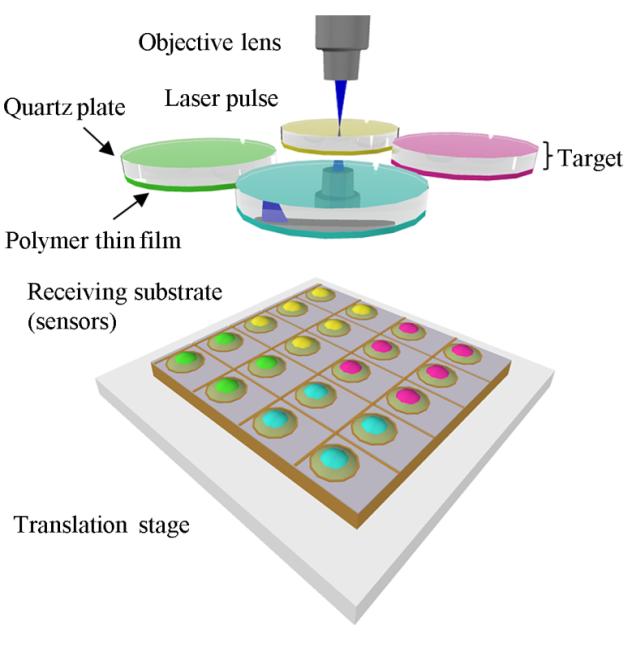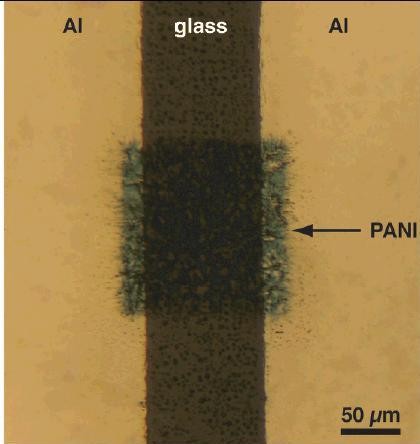Laser printing of polymers/CNT nanocomposites for amperometric sensors.


The incorporation of CNT into non-conductive polymer matrices can form conductive polymer composites, which are being used as new sensing materials for biosensors and chemical sensors.
One of the most important challenges for the fabrication of these sensing devices is the deposition of the polymer/CNT composites onto the sensing elements.
In particular, the fabrication of microsensors demands accurate deposition and/or pattering of polymer/CNT composite layers with submicron resolution.
Since the common microelectronic techniques, such as photolithography, are difficult to implement on these complex materials, LIFT is an excellent alternative technique for direct and high spatial resolution dry and liquid printing of polymer/CNT composite patterns.
LIFT is employed in a two-step process: the preparation of the target material and the selective deposition of a region of the target material through laser irradiation.
The technique is applicable to a wide range of polymer/CNT composites, which may form uniform targets by spin coating or drop casting, regardless of the polymer and CNT concentration.
People
Christos Boutopoulos, Postdoctoral Fellow, École Polytechnique de Montréal
Christos Pandis Postdoctoral Researcher, NTUA
Marianneza Chatzipetrou, PhD student , NTUA
Polykarpos Pissis, Professor, NTUA
Ioanna Zergioti, Assis. Professor, NTUA



